Introduction
Released in 1984, 1942 is the first entry in Capcom’s long-running 19XX series of vertical scrolling shooters. Set during a fictionalized version of World War II, players pilot a Lockheed P-38 Lightning across the Pacific Theater to defeat waves of enemy planes and naval forces. With tight controls, accessible gameplay, and iconic looping mechanics, 1942 helped establish Capcom as a major force in arcades and launched one of the most enduring shooter franchises of the 1980s and '90s.
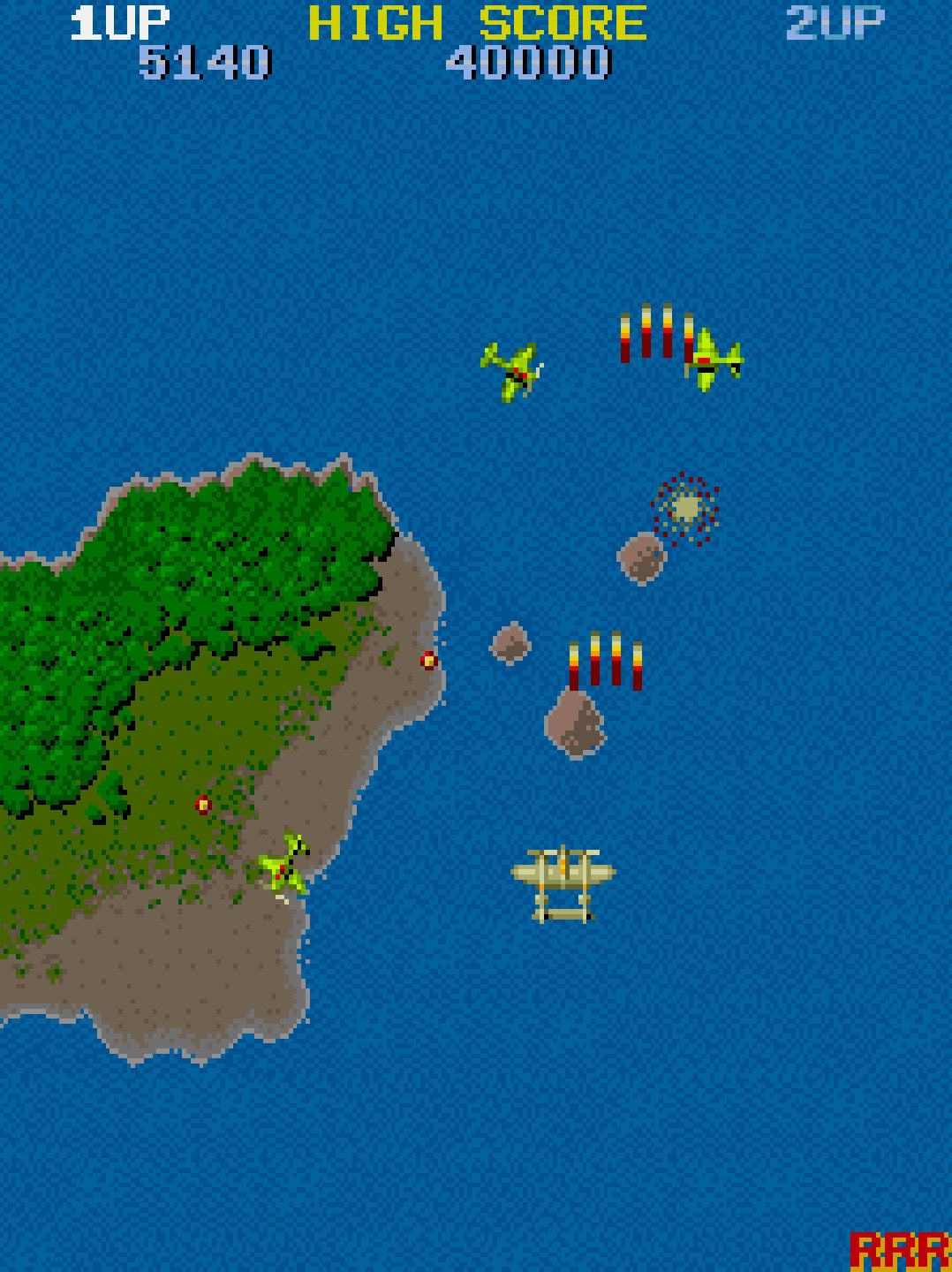
History and Development
- Developer: Capcom
- Publisher: Capcom
- Release Date: 1984
1942 was Capcom’s first major international hit, developed to appeal specifically to the Western arcade market. Despite being a Japanese company, Capcom set the game’s plot from the American point of view, with players fighting the Japanese Imperial forces—a rarity among Japanese-developed games.
The game was designed by Yoshiki Okamoto, who would go on to create many Capcom classics. It ran on Capcom's early arcade hardware and was later licensed to Midway for distribution in North America.
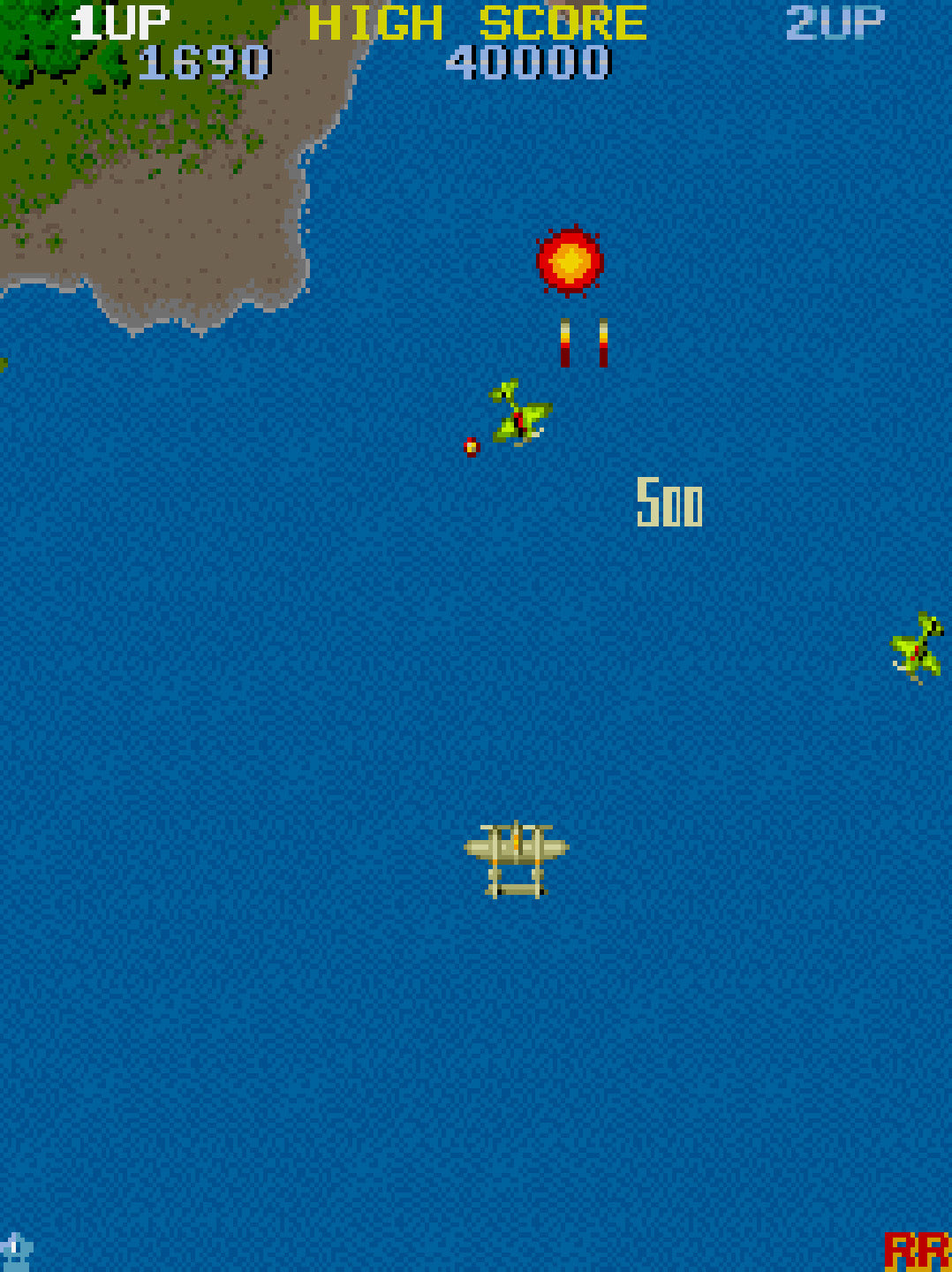
1942 Gameplay Video
Gameplay and Mechanics
Core Gameplay
Players fly a fighter plane from a top-down vertical perspective, shooting down enemy aircraft and avoiding fire.
- Main Goal: Reach Tokyo by defeating enemy squadrons across 32 stages.
- Loop Maneuver: The player can perform an aerial loop to dodge bullets (limited uses).
- Power-Ups: Collect icons for twin guns and extra loops.
- Scoring System: Points earned by downing enemies and completing stages without dying.
Challenges
- Enemy Variety: Includes standard planes, larger bombers, and aggressive “Red” planes.
- Tight Movement: Precise dodging required due to limited fire rate and hitbox size.
- Limited Resources: Looping ability is finite, forcing strategic use.
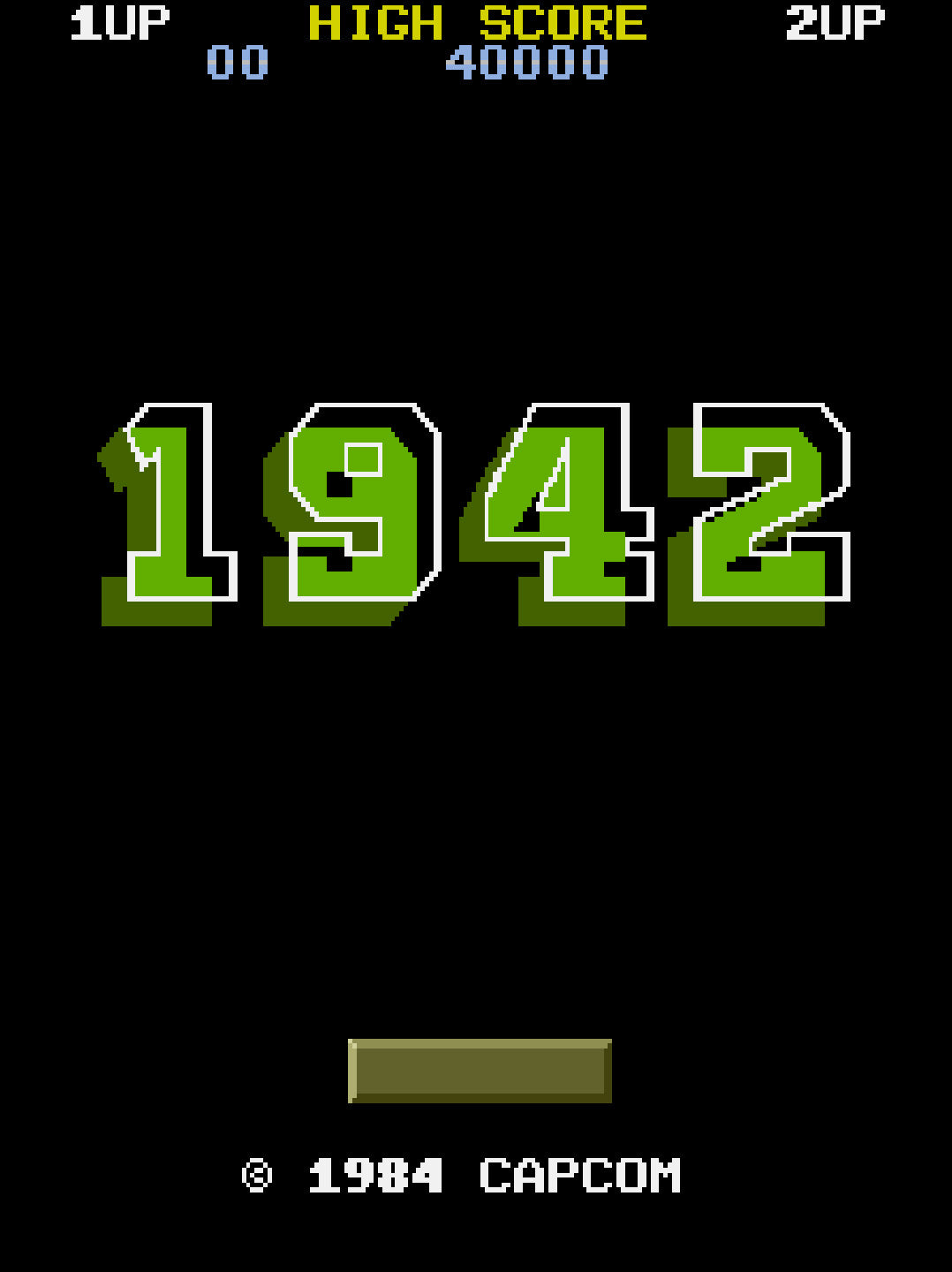
Cultural Impact
- Capcom’s Breakthrough: First game by Capcom to find major international success.
- Franchise Starter: Led to sequels including 1943: Battle of Midway, 1943 Kai: Midway Kaisen, 1941, 19XX.
- Ported Widely: Released on NES, MSX, Commodore 64, Game Boy Color, and modern compilations.
- Recognizable Audio: Known for its catchy, martial-style background music and sound effects.
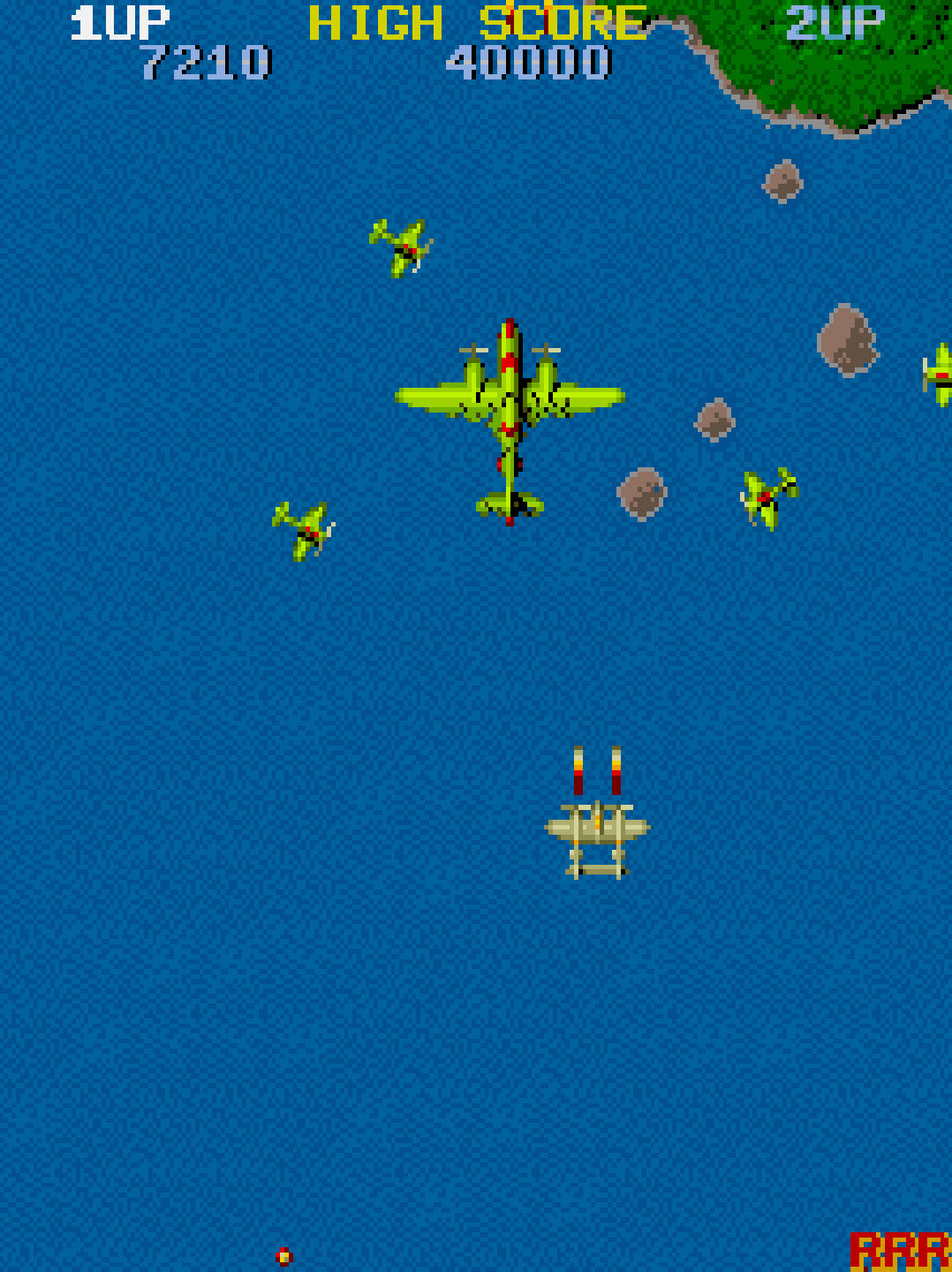
Fun Facts
- Historic Inspiration: Despite being set during World War II, 1942’s gameplay is more arcade fantasy than historical simulation.
- Iconic Soundtrack: The game’s repetitive yet catchy chiptune music has become synonymous with the golden age of arcades.
- Capcom Milestone: 1942 was one of Capcom’s first major hits, cementing the company’s place in gaming history.
- Global Appeal: The game’s universal theme and simple mechanics made it a hit in arcades across the world.
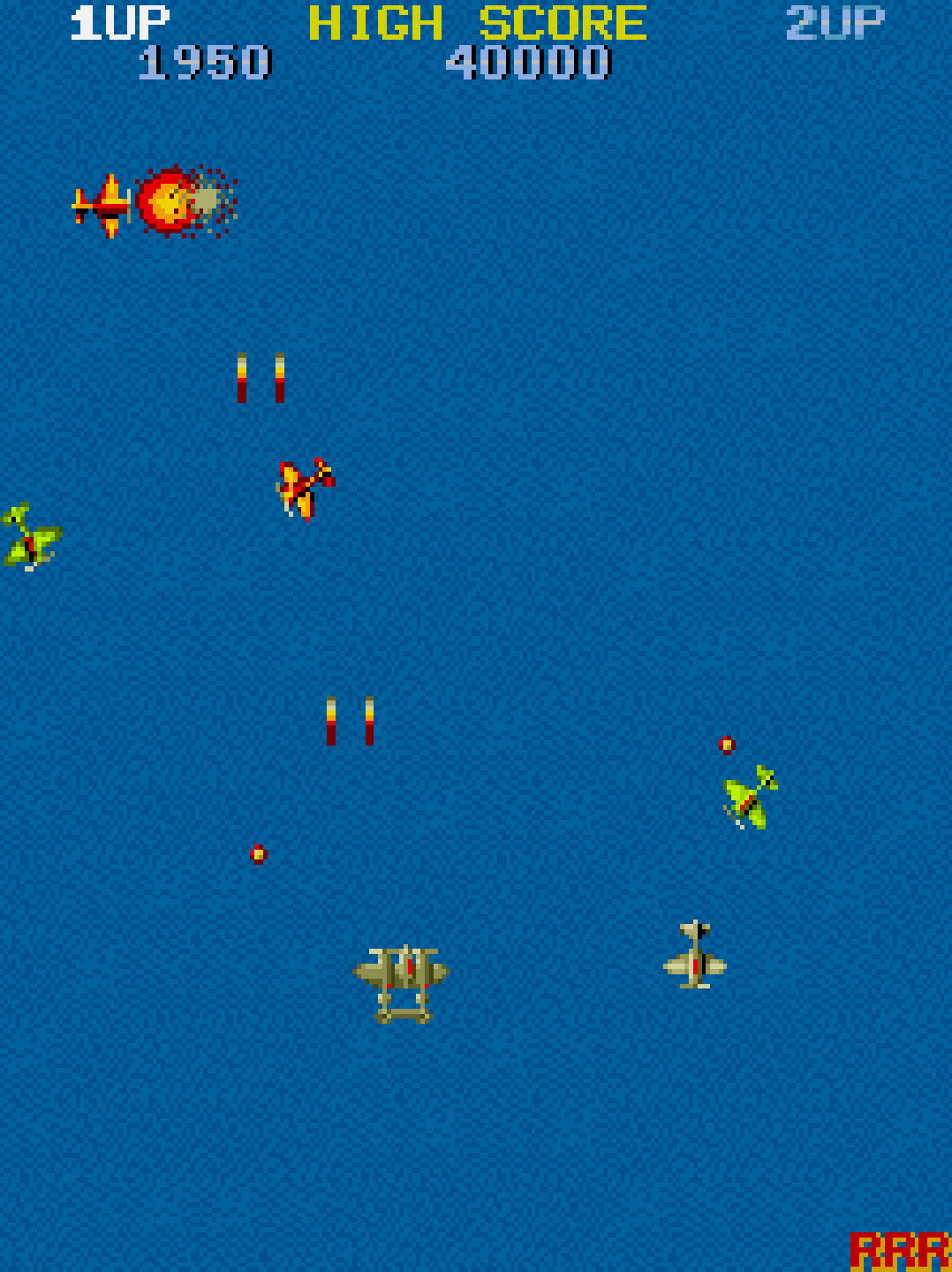
Conclusion
1942 stands as a shining example of classic arcade gaming, combining accessible gameplay with intense action and timeless appeal. Its impact on the gaming industry is undeniable, laying the groundwork for the success of Capcom’s 19XX arcade series. Whether you’re a retro gaming enthusiast or a newcomer to vertical shooters, 1942 offers an unforgettable arcade experience.

